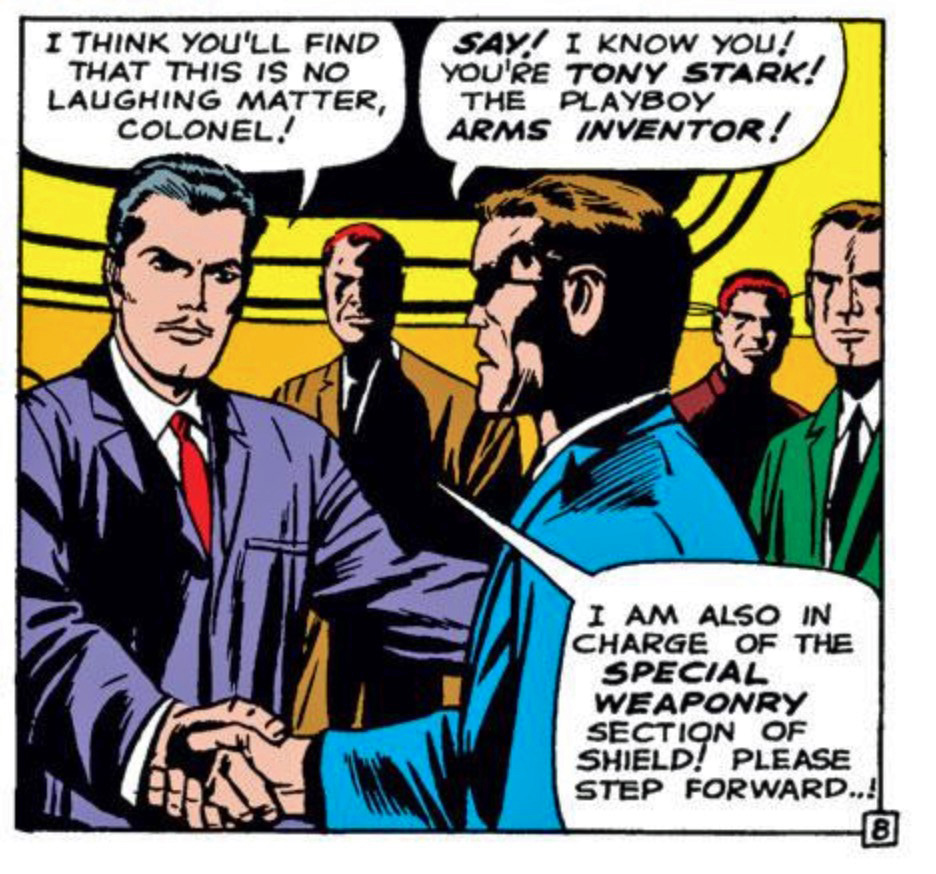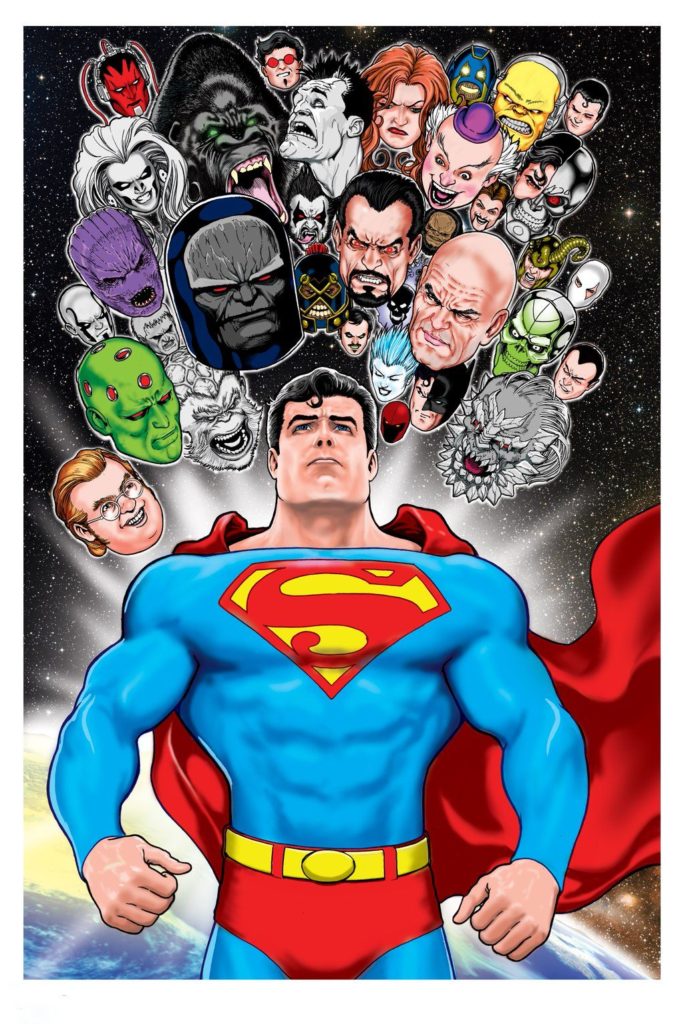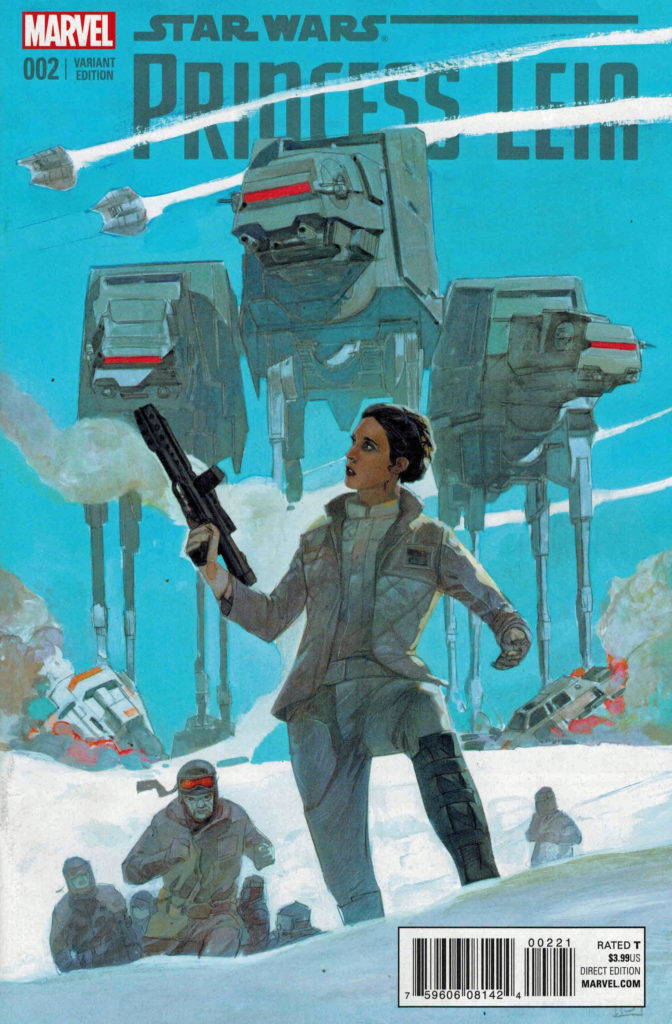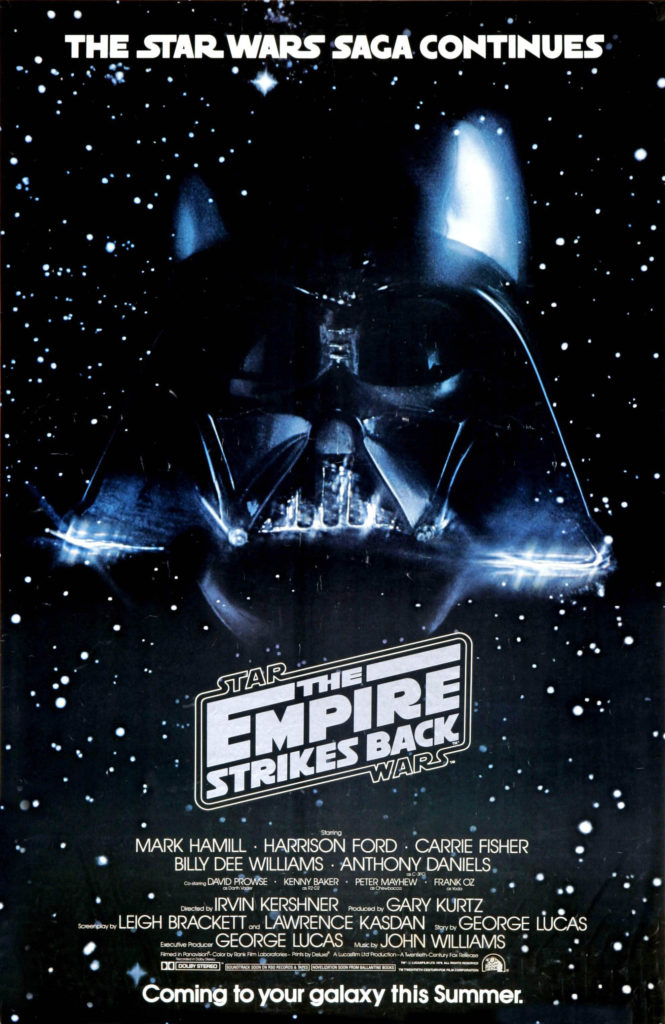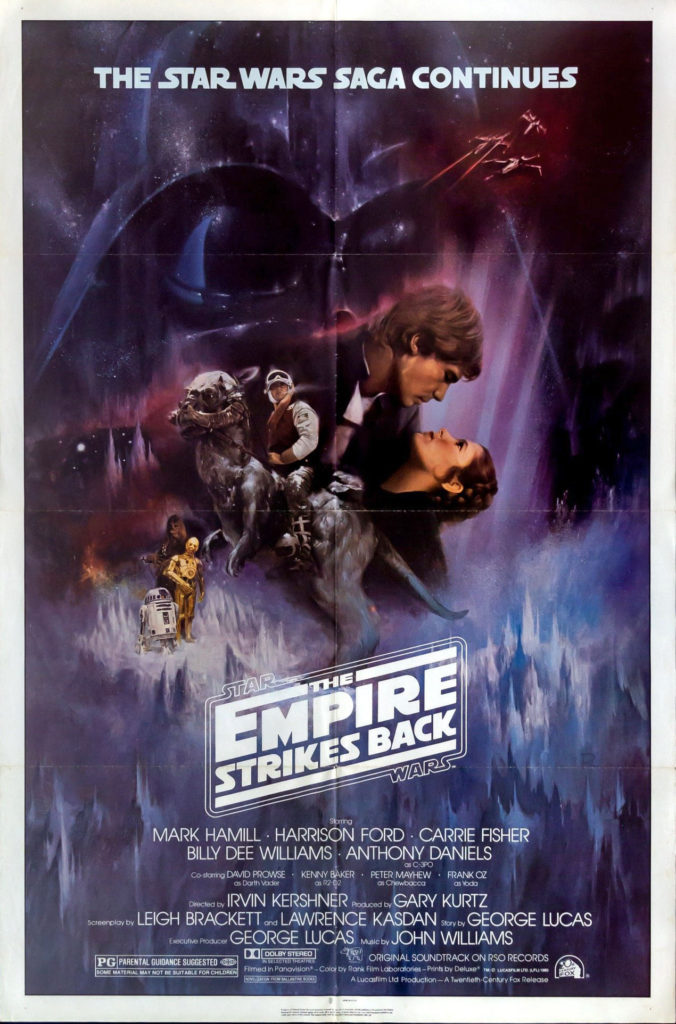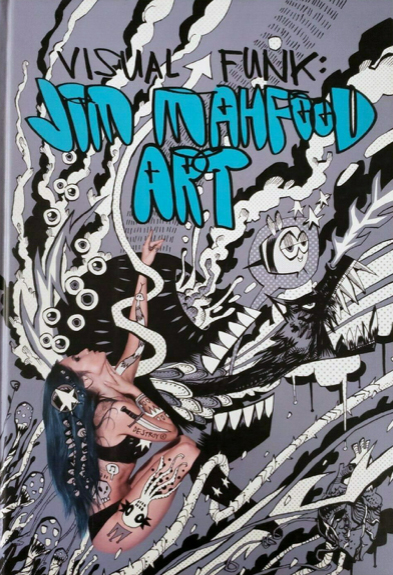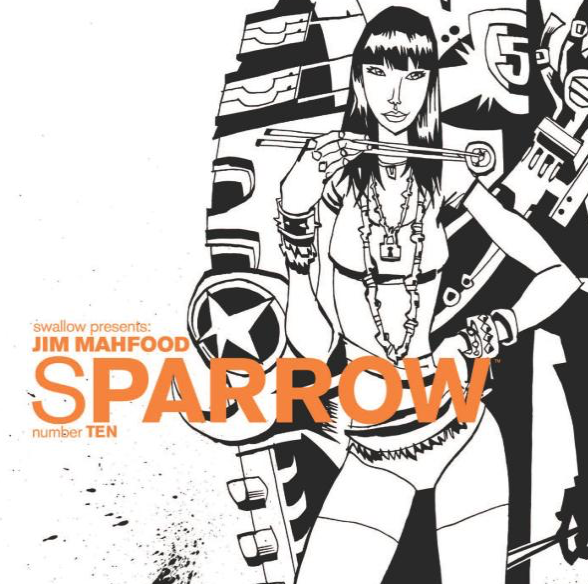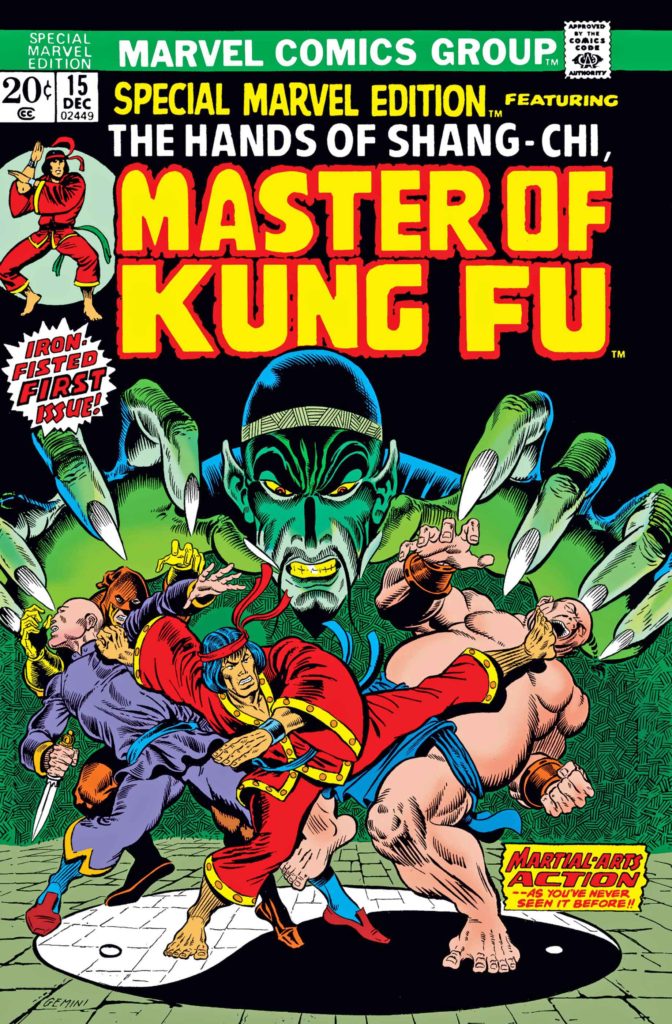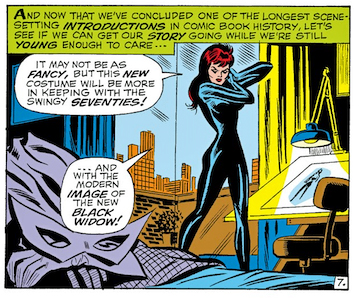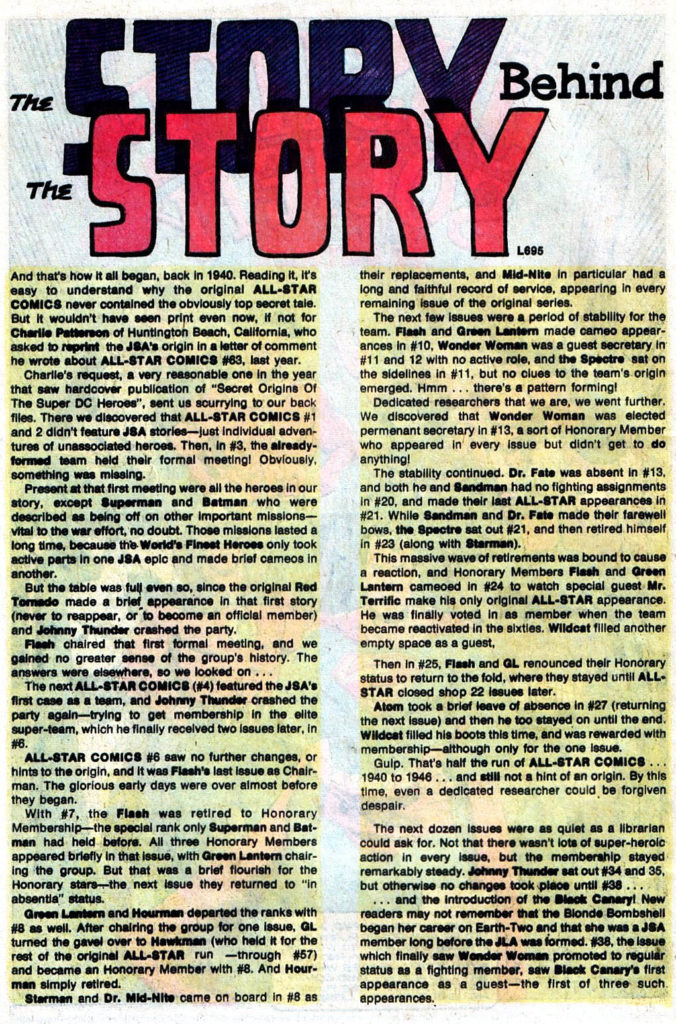Frank Springer — Death To Fury!
Nick Fury, Agent of S.H.I.E.L.D. #10, March 1969

Continuing a look at SHIELD on the eve of its 55th anniversary.
Jim Steranko is not a hard act to follow.
He’s an impossible one.
But on the SHIELD solo series, Frank Springer gave it a try. And in possibly another circumstance, it probably would have been fine.
But, like I said, all of sudden SHIELD transformed into an inadvertent real life version of another spy series: Mission Impossible.
Springer, who broke into Marvel with his work on this series actually captured some of the Steranko vibe in these issues. Barry Smith also managed to capture some it in one issue as well, and even Herb Trimpe had a few cool stories before it became a moot point, and the series died.
In a vacuum, the Springer Fury issues, as exemplified by this page, are well told and illustrative. Clear storytelling and panel variety move us through the action quickly and creatively.
But coming off the Kirby-meets-Krigstein pop-psychedelic acid trip of Steranko’s earlier issues, it wasn’t enough to keep the series going.
But of course, Nick Fury, and SHIELD, lived on.















